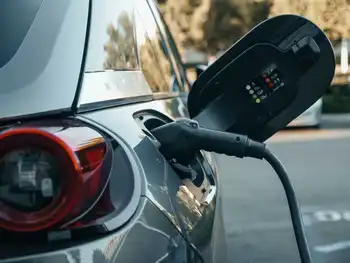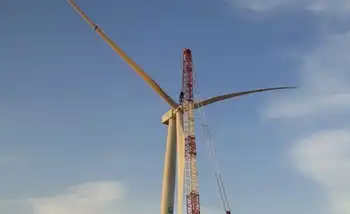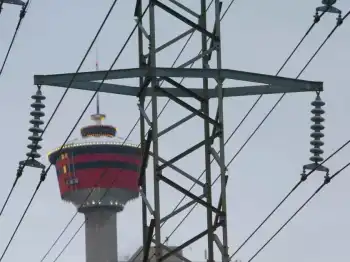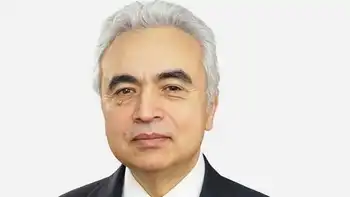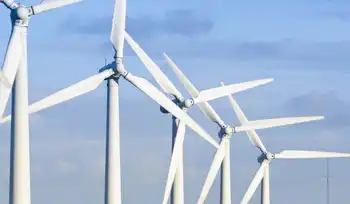Wind suppliers face local competition in China
By United Press International
High Voltage Maintenance Training Online
Our customized live online or in‑person group training can be delivered to your staff at your location.

- Live Online
- 12 hours Instructor-led
- Group Training Available
China in 2009 installed 13 gigawatts of new wind power capacity, compared to 10 GW in Europe and 9.9 GW in the United States, figures from industry group Global Wind Energy Council indicate. This year, China could add up to 18 GW of capacity.
By 2017, it will have the world's largest accumulated capacity, topping the U.S. and European markets, GWEC spokeswoman Angelika Pullen said recently.
With Beijing pumping billions of dollars into green energy, Western companies are eager keep profiting from this lucrative renewable energy market.
Several large European and U.S. wind turbine manufacturers have a manufacturing presence in China, including General Electric, Denmark's Vestas, Nordex and Siemens Wind Power of Germany and Gamesa of Spain. Back in 2005, they controlled more than 70 percent of the still small Chinese market.
But as Beijing is boosted its renewable energy profile, an increasing number of local firms formed to become fierce competitors to the Western companies.
Today, three Chinese companies - Sinovel, Goldwind and Dongfang - are among the top 10 of the world's largest wind turbine suppliers. Sinovel, the world's third-largest turbine maker based on 2009 market share, last year sold around 2,500 turbines, almost all of them in China. Goldwind ranked fifth in the 2009 and Dongfang seventh.
The Chinese success is aided by cheap licensing of older Western technology, a steep learning curve and aggressive national subsidies that favor domestic suppliers.
The Europeans know that they can't meet the Chinese production costs instead, they have to bank on size and quality, two aspects of the turbine they still dominate.
Siemens later this year plans to open a turbine plant in Shanghai that will produce 3.6 MW turbines - larger than anything made by a Chinese company.
Gamesa has been active in China since 2000 and is to open a new turbine plant, its fifth in the country, in the northwestern Jilin province in 2011. The factory will manufacture 2 MW wind turbines at an output capacity of 500 MW per year, the company says. Earlier this year, Gamesa opened a similar plant with a capacity of 400 MW.
Western companies are confident that it can sustain their market edge.
"It's true that Asia is challenging us but competition is also not to be seen as a bad thing," Klaus Willnow, a top innovation official at Siemens, said recently. "I see it also as a good thing. Competition drives the business."





